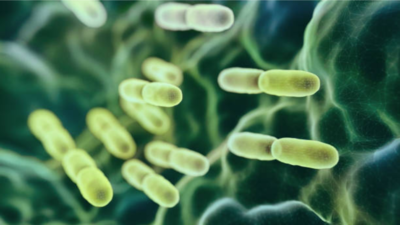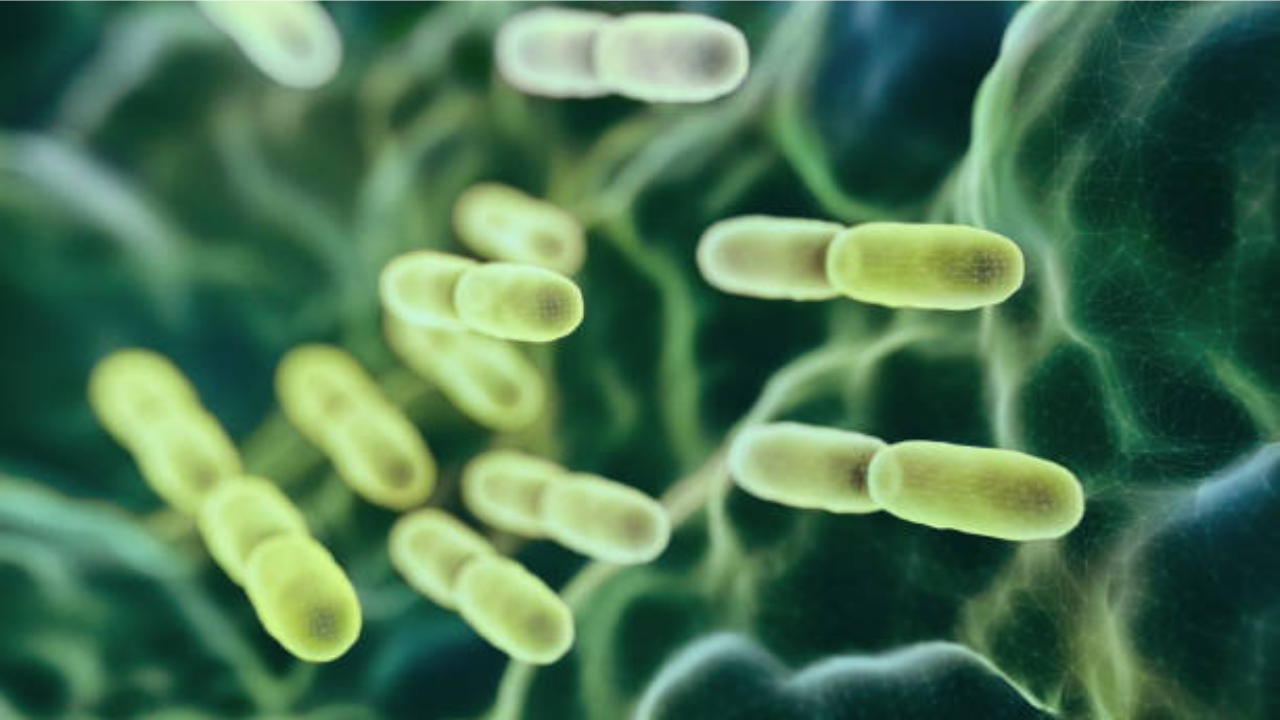E.coli contamination has been in the news for a few weeks now. Last week, E.coli contamination was linked to organic carrots across multiple states in the US. Prior to that infections linked to onions served at McDonald’s locations were recalled.
While so much is being discussed about E.coli contamination, let’s discuss the possible ways the infection caused by it can cause life threatening risks to human beings.
Escherichia coli, or E. coli, is a type of bacteria that normally resides in the intestines of both humans and animals. While most strains of
E. coli
are harmless and even beneficial for digestion, certain pathogenic strains can be highly harmful and cause serious health complications.
E. coli is a bacterium with numerous strains. Most of these strains are harmless and play an important role in the gastrointestinal system, helping to break down food and produce certain vitamins. However, some strains, like E. coli O157:H7, can be dangerous. Pathogenic strains of E. coli are classified into several groups based on their ability to cause disease. These include enterotoxigenic E. coli (ETEC), enteropathogenic E. coli (EPEC), enteroinvasive E. coli (EIEC), enterohemorrhagic E. coli (EHEC), and enteroaggregative E. coli (EAEC). Among these, EHEC, especially E. coli O157:H7, is the most well-known for causing severe illness.
How E. coli infections spread
E. coli infections are primarily transmitted through contaminated food, water, or contact with infected individuals. The main causes of E. coli infections include contaminated food and water or from contact with an infected person, while the most prevalent way individuals contract harmful strains is by consuming undercooked or contaminated meat that may contain bacteria from the intestines of animals. Other sources include raw fruits and vegetables, dairy products, and water sources that have been tainted with fecal matter. Poor hygiene and improper food handling practices can also lead to infection.
Five Effective Ways to Detoxify Your Gut Health
Person-to-person transmission can occur if an infected person doesn’t properly wash their hands after using the restroom, making E. coli infections a risk in crowded places. Swimming in contaminated water or drinking unfiltered water from lakes, rivers, or poorly treated municipal water systems are additional ways to contract the bacteria.
Symptoms of E. coli infection
The symptoms of an E. coli infection vary depending on the strain and the severity of the illness. In most cases, symptoms appear within 3 to 4 days of exposure and include abdominal cramps, diarrhea (often bloody), nausea, vomiting, and mild fever. These symptoms are common in infections caused by enterotoxigenic or enteropathogenic strains, which primarily affect the gastrointestinal tract.
Complications and long-term effects
Certain individuals may experience severe complications. One of the most significant risks of infection with pathogenic E. coli strains is the development of
hemolytic uremic syndrome
(HUS), which leads to the destruction of red blood cells and kidney failure. HUS is a serious complication that requires immediate medical attention, including blood transfusions and dialysis, and in some cases, it can lead to permanent kidney damage or death.
Even after the acute phase of the illness, some individuals may suffer from long-term effects. Some strains of E. coli can cause ongoing digestive problems, such as irritable bowel syndrome (IBS) or chronic diarrhea. The recovery process can be slow, and individuals may experience symptoms like fatigue, abdominal pain, and bloating for months after the initial infection has resolved.
How to prevent such infections
Preventing E. coli infections is primarily focused on food safety, hygiene, and water treatment. Some key steps to reduce the risk of infection include:
- Proper food handling: Cook meat, particularly ground beef, to a safe internal temperature (160°F or 71°C) to kill harmful bacteria. Avoid consuming raw or undercooked meats, unpasteurized dairy products, and raw fruits and vegetables that may have been contaminated.
- Good hygiene: Wash hands thoroughly with soap and water after using the bathroom, handling food, or coming into contact with animals. Handwashing is especially important when caring for young children or elderly individuals.
- Safe water practices: Drink clean, treated water and avoid swimming in lakes, rivers, or pools that may be contaminated with fecal matter. Ensure that water sources are properly filtered and disinfected.
- Avoid cross-contamination: Use separate cutting boards for raw meat and produce to avoid cross-contamination. Clean all surfaces and utensils after contact with raw food.
I’m Manas Ranjan Sahoo: Founder of “Webtirety Software”. I’m a Full-time Software Professional and an aspiring entrepreneur, dedicated to growing this platform as large as possible. I love to Write Blogs on Software, Mobile applications, Web Technology, eCommerce, SEO, and about My experience with Life.



